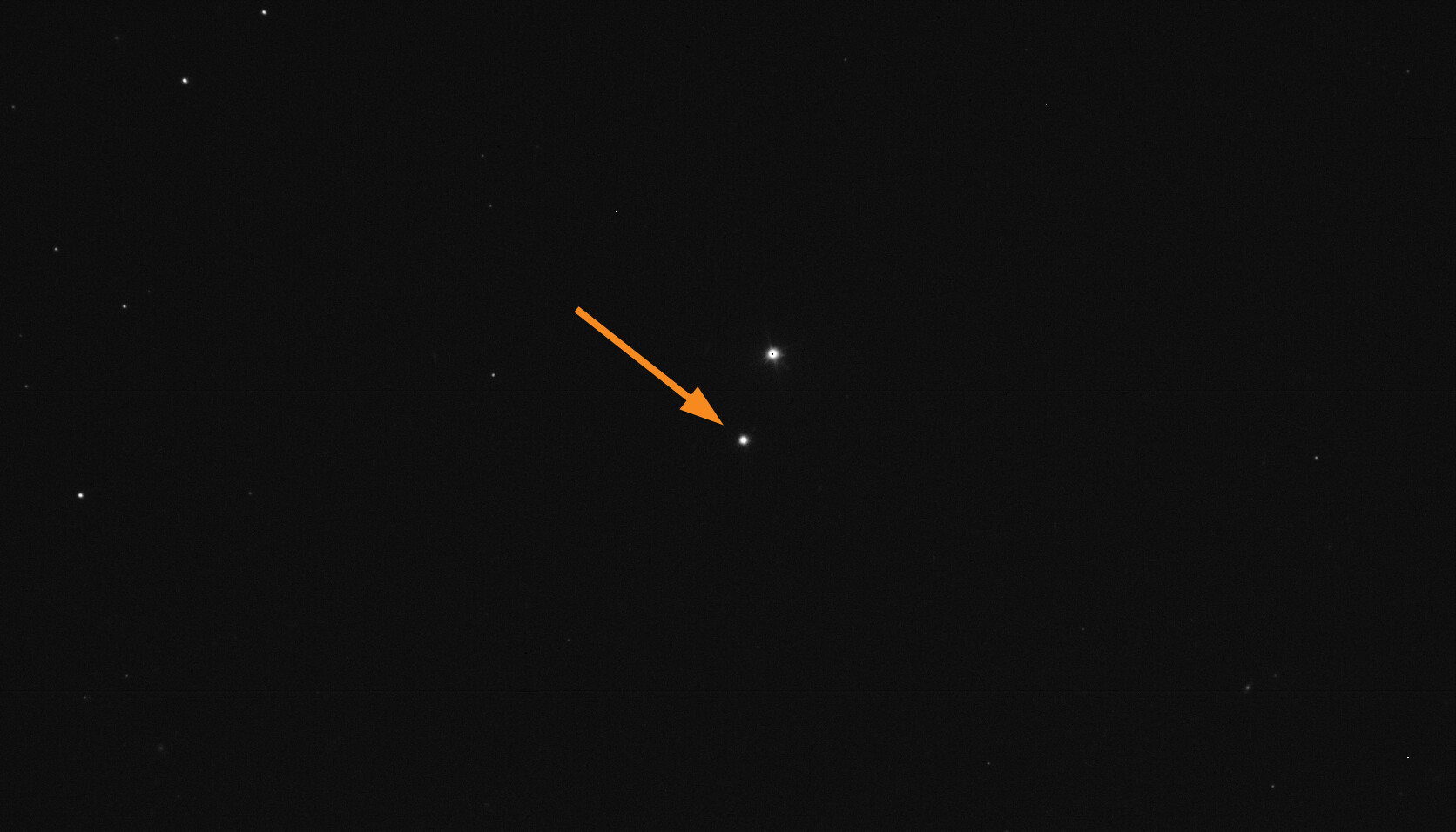Asteroid Didymos ahead of today's big collision; captured by ESO's VLT

The European Southern Observatory has shared a picture of the asteroid Didymos captured by its Very Large Telescope (VLT) in Chile ahead of the big collision, scheduled for 26 September at 23:14 UTC.
For the unversed, a NASA probe is set to crash into Didymos' moon called Dimorphos as part of the Double Asteroid Redirection Test (DART), the agency's first-ever planetary defence test mission.
"The purpose of the mission is to see if a future potentially dangerous asteroid could be deflected from its trajectory using this method. The material following the crash will also hopefully provide us with more information about the composition of asteroids – the original building blocks of our planet," ESO said in a statement.
1/ Today's Picture of the Week shows the Didymos asteroid as seen last night with our VLT. Later today @NASA 's #DARTMission will plunge into its moon Dimorphos as a test, and all 4 telescopes of our VLT will be watching. Why?🔗 https://t.co/4zmbuw54D8📷 @ESO /Bagnulo et al. pic.twitter.com/orCgS5TyYA
— ESO (@ESO) September 26, 2022
ESO's VLT is one of the world's most advanced optical telescopes. It consists of four 8.2-metre telescopes, which can be used individually or together, to observe the cosmos.
All four 8.2m diameter Unit Telescopes of the VLT at ESO's Paranal Observatory in Chile will also observe the aftermath of the DART impact with different instruments. Astronomers hope to seize the opportunity of studying an impact as it happens and obtain clues to the history of the Solar System.
The resulting data will allow astronomers to study the composition and motion of the ejected material, the structure of the asteroid's surface and its internal properties. The results of this experiment may provide a method of protecting our planet from hazardous asteroids but will also deepen our understanding of asteroids and hence the formation of our Solar System, ESO said.










